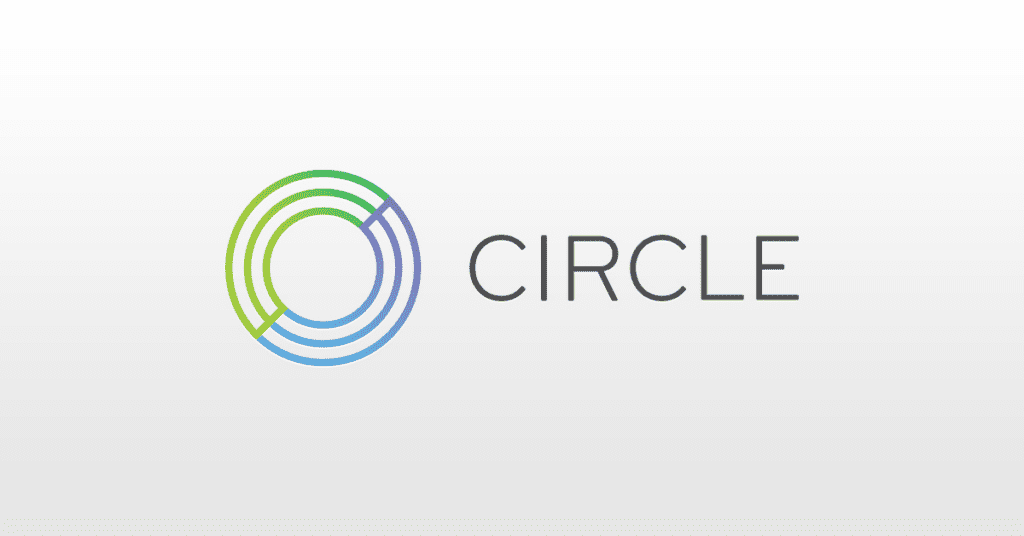Circle To Launch Cross-Chain Transfer Protocol To Foster More Secure Apps Built On USDC
Key Points:
- The Cross-Chain Transfer Protocol for Circle is coming closer to going live, according to CEO Jeremy Allaire.
- CCTP is an architecture that can support USDC-based programs that are more scalable, effective, secure, and user-friendly. On a source chain, it can burn native USDC, and on a destination chain, it can mint the same amount of native USDC.
Circle is implementing a protocol that helps foster more scalable, efficient, secure and user-friendly apps built on USDC.
Circle CEO Jeremy Allaire tweeted that Circle’s Cross-Chain Transfer Protocol (CCTP) will be launched soon. This infrastructure helps build more scalable, efficient, secure, and user-friendly applications based on USDC.
Instead of locking native USDC on the source chain, which could pose a security risk, and minting a synthetic or bridged version of USDC on the destination chain, which leads to fragmentation of liquidity and a subpar user experience, CCTP eliminates the need to use a traditional “lock-and-mint” bridge.
The protocol will be made public through smart contracts, which can destroy native USDC on the source chain and mint the same amount of native USDC on the target chain. According to Circle, this provides users with the most capital-efficient way to transfer USDC across chains.
According to official data, from January 12 to January 19, Circle issued a total of 5.6 billion USDC, redeemed 6.5 billion USDC, and the circulation decreased by about $900 million. As of January 19, the total circulation of USDC was $43.1 billion, and the reserve was $43.2 billion, including $9.5 billion in cash and $33.7 billion in short-term US treasury bonds.
CCTP works in three methods:
- Burn USDC on the source chain: A user accesses an app to initiate a transfer of USDC from one blockchain to another and specifies the recipient wallet address on the destination chain. The app facilitates a burn of the specified amount of USDC on the source chain.
- Fetch signed attestation from Circle: Circle observes and attests to the burn event on the source chain. The app requests the attestation from Circle, which provides authorization to mint the specified amount of USDC on the destination chain.
- Mint USDC on the destination chain: The app uses the attestation to trigger the minting of USDC. The specified amount of USDC is minted on the destination chain and sent to the recipient’s wallet address.
Currently, CCTP is available on Goerli testnet for Ethereum and Fuji testnet for Avalanche.
DISCLAIMER: The Information on this website is provided as general market commentary and does not constitute investment advice. We encourage you to do your own research before investing.
Join us to keep track of news: https://linktr.ee/coincu
Harold
Coincu News





















